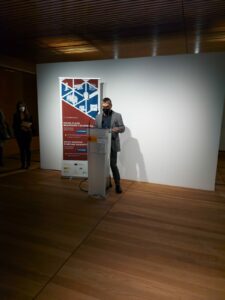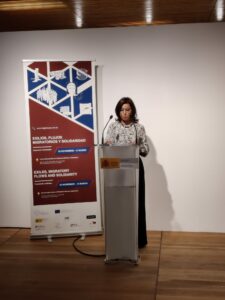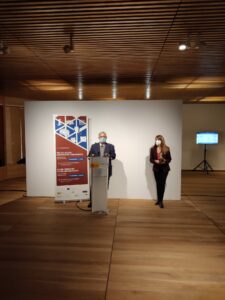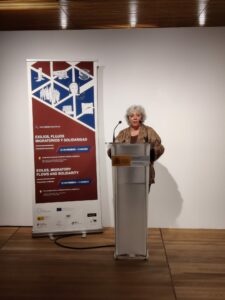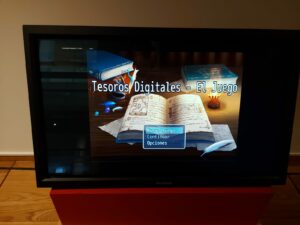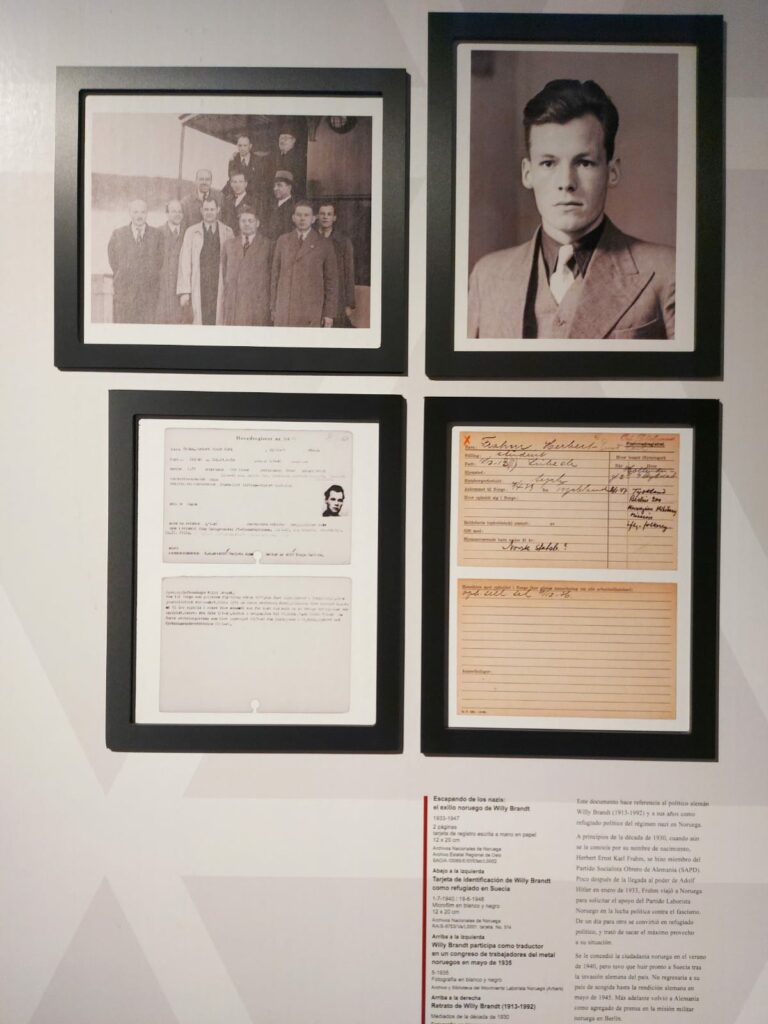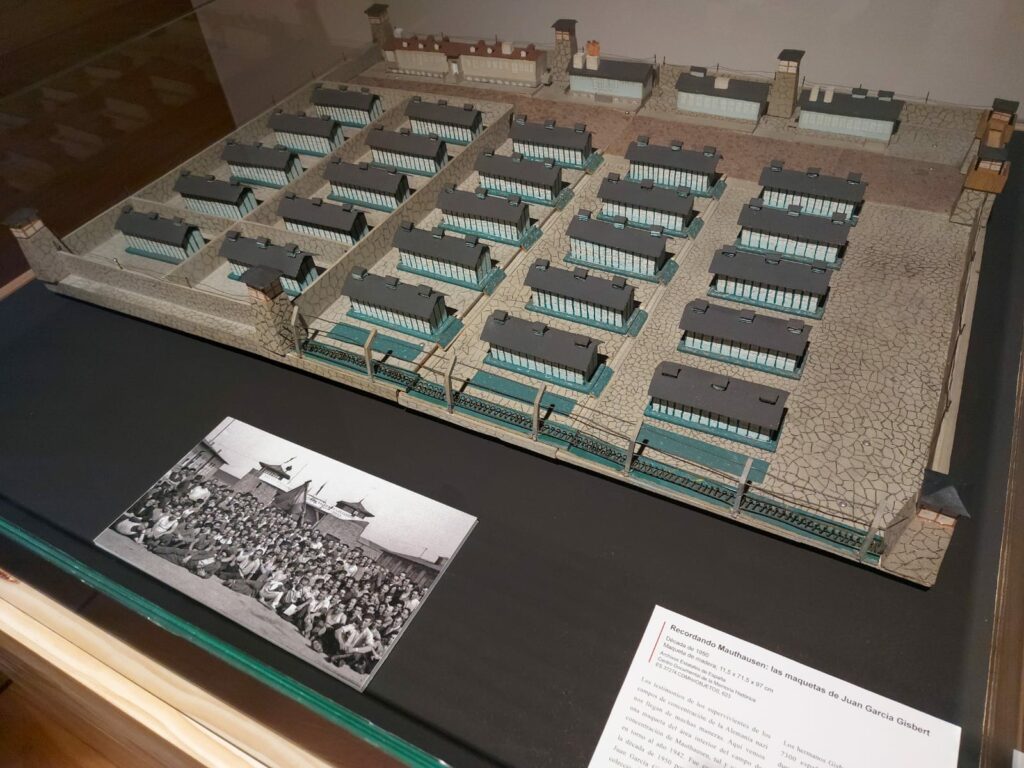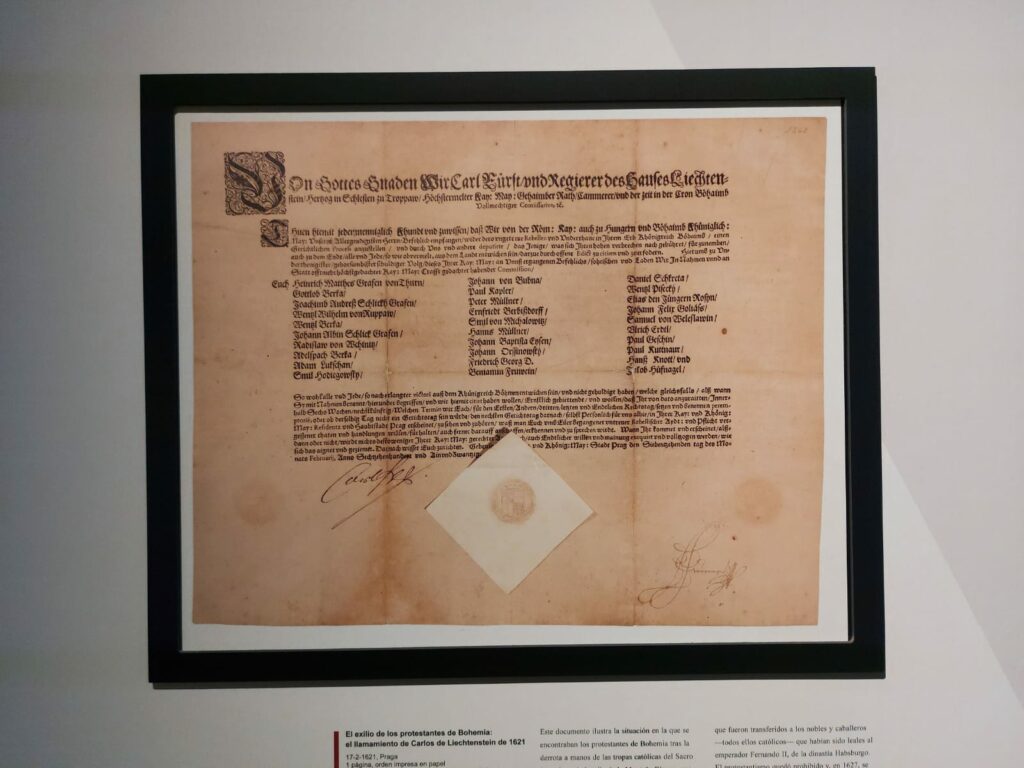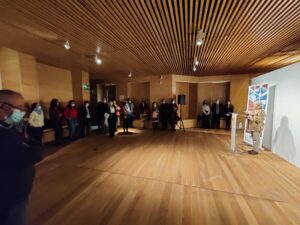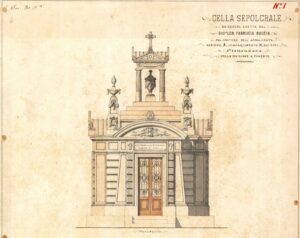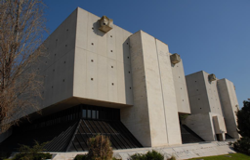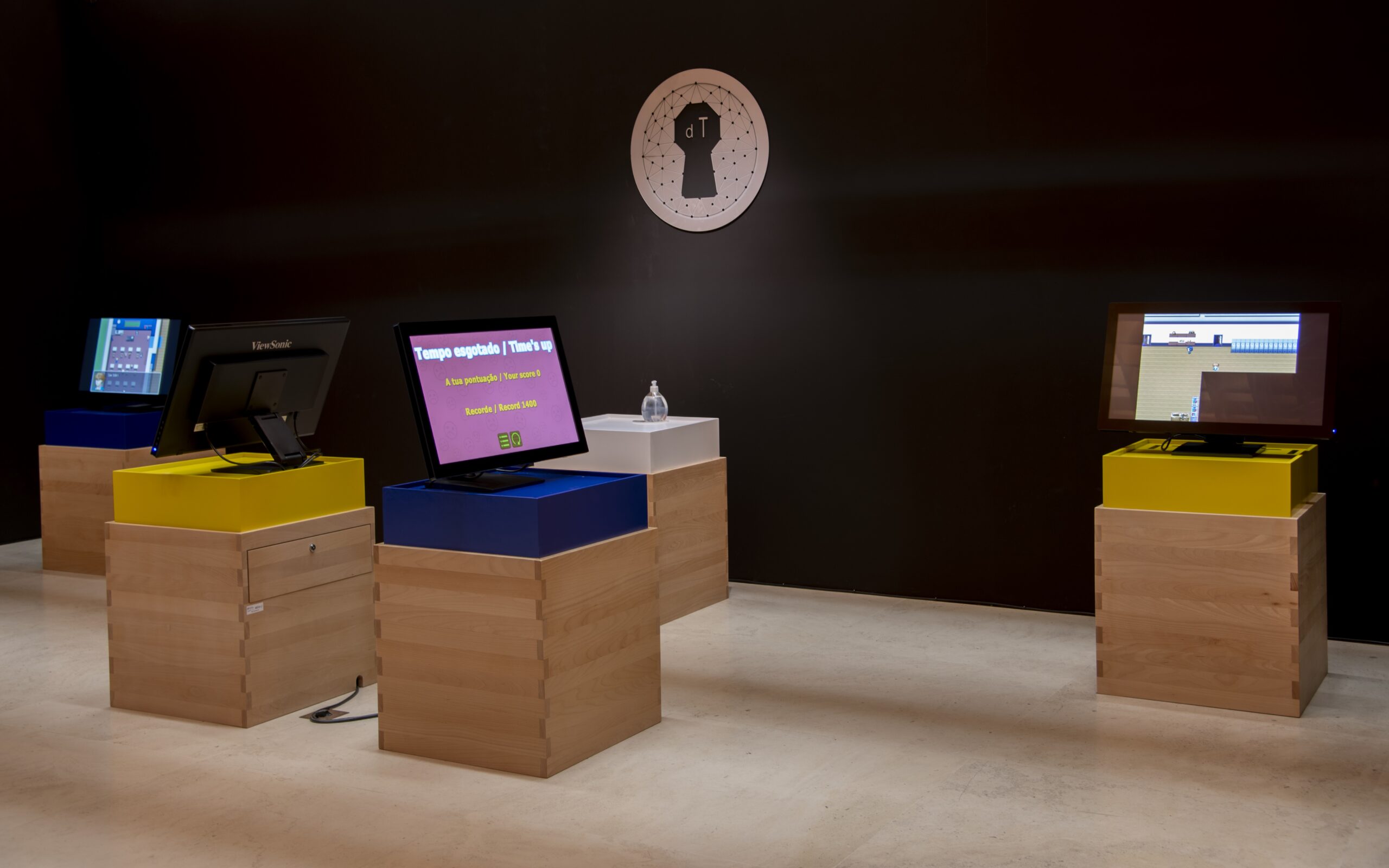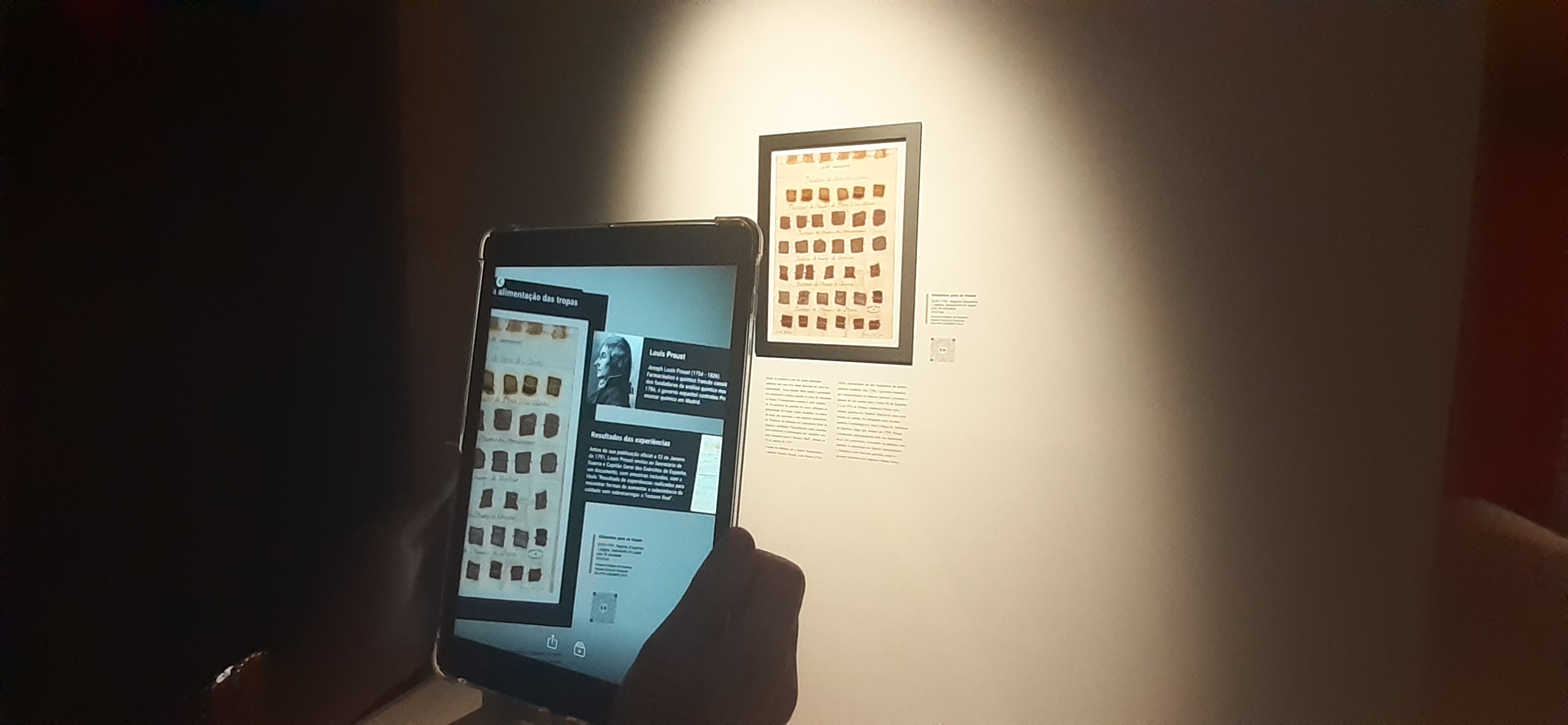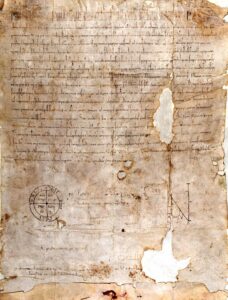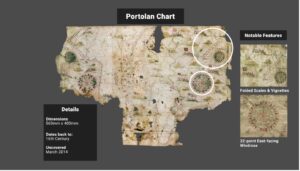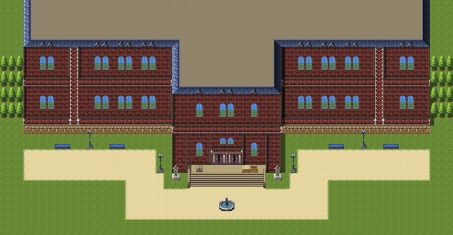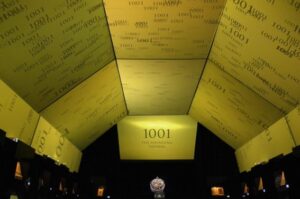On Valentine’s day we retrieve a document with medieval love songs written by D. Dinis, King of Portugal (1261-1325), included in the Exhibition “The Construction of Europe”.
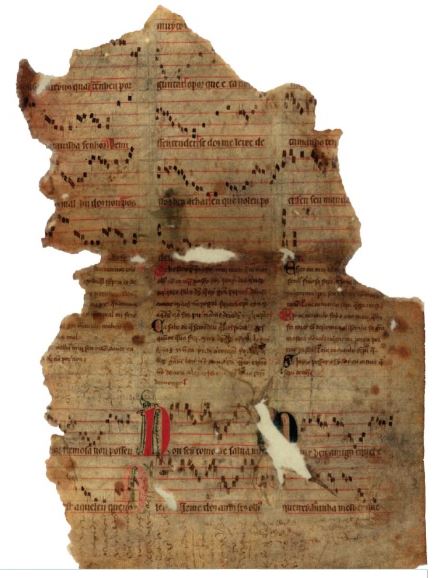
The document, also known as “The Sharrer Parchment”, discovered in 1990 at the Torre do Tombo Archive, includes musical notation, found for the first time in love songs, and is the oldest known register of Portuguese secular music.
The love songs take us back to a cultural tradition of the European medieval courts, where courtly love was favored, that is an amorous compliment aside from patrimonial, family, and political pressures that were inevitably present in marriage alliances.
King D. Dinis was a prolific and well-known author of troubadouresque poetry of Iberian tradition: 137 poems were identified, 75 love songs, 11 satirical songs and 51 amigo songs. This king developed his musical and poetic genius in the context of the confluence of European cultivated courts to which he was linked by family and cultural bonds: his father, King Afonso III, spent his youth in the court of the king of France (Louis VIII), and married the Countess Mathilde de Boulogne, knowing the cultural atmosphere of the French court.
One of the educators he chose for his son Dinis was Americ d’Ébrard, of Aquitaine, who introduced him to the culture from beyond the Pyrenees and to the troubadouresque schools. On his mother’s side, he was the grandson of Alfonso X, the Wise, King of Castilla and Leon, the author of a vast poetic work, including the well-known “Cantigas de Santa Maria”. Later, D. Dinis married Isabel of Aragon, from a court that cultivated poetry. There was great proximity between Aragon and the South of France and their troubadouresque courts.
The troubadour poetry of courtly love emerged in the Iberian Peninsula, influenced also by the pilgrimage routes of the Way of St. James, under a strong Provencal influence, considering minstrels and troubadours constituted an international and migratory brotherhood, traveling from one court to another in the Peninsula.
If the amigo songs, where the troubadour embodies a female voice, are part of an Iberian tradition of popular origin, the love and satirical songs belong to a troubadouresque tradition of European courts and feudal lords, of Provencal origin, between the 12th and 14th centuries.
In love songs, the troubadour, a noble man and author of the melody and the lyrics, expresses his passion for “his lady”, a woman of unique beauty and virtue that, according to the canons of this ritualized love, isn’t identified. Only the submission of the troubadour is exposed, who expects a reward, that could be a present, a look or something significantly more physical, being the service and the suffering of the lover the biggest proof of his love.
This “service” of loyalty and love for the lady mirrors, in the romantic relationship, the dependence relations that united vassal and lord in the feudal system.
What is the human reality hidden behind these rituals and conventions? What is the point of all these secrets and precautions? In most love songs the “servant” expects to receive a favor of the lady, but keeps the favor a secret.
For the Portuguese Culture historian António José Saraiva, we have to consider that these protagonists are frequently feudal lords, kings and sons of kings, the songs’ theme is clandestine love, outside of marriage, so the secrecy is a precaution, not literary fiction.
Clandestine love and adultery are a recurrent theme of medieval love literature and of the great romantic couples that the Middle Ages have left us: Tristan and Isolde, Lancelot and Guinevere, …
Click here to listen to one of the 7 love songs: A tal estado me adusse, senhor.
In this song, the troubadour tells his lady about the state her beauty and qualities have left him in: nothing gives or will give him pleasure, until he sees her again.
Written by Maria Trindade Serralheiro (text) and Ana Isabel Fernandes (trad.)
Senior Technicians, General Directorate of Books, Archives and Libraries, Portugal.

